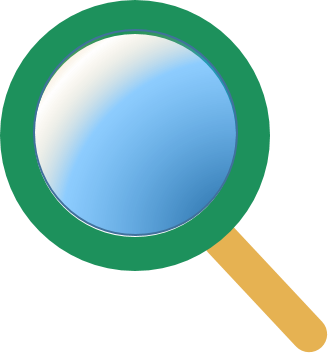
Related items loading ...
Section 1: Publication
Publication Type
Journal Article
Authorship
Anderson-Bain, K., Ankley, P., Eriksson, A., Hecker, M., Brinkmann, M., Wiseman, S.
Title
Microinjection of 6ppd-Quinone Induces Developmental Cardiotoxicity in Fathead Minnows (Pimephales Promelas)
Year
2025
Publication Outlet
SSRN
DOI
ISBN
ISSN
Citation
Anderson-Bain, K., Ankley, P., Eriksson, A., Hecker, M., Brinkmann, M., Wiseman, S. (2025) Microinjection of 6ppd-Quinone Induces Developmental Cardiotoxicity in Fathead Minnows (Pimephales Promelas), SSRN
https://dx.doi.org/10.2139/ssrn.5298242
Abstract
N-(1,3-dimethybutyl)-N’-phenyl-p-phenylenediamine-quinone (6PPD-quinone) is an emerging contaminant of concern that was first identified as the cause of Urban Runoff Mortality Syndrome, of pre-spawn Coho salmon (Oncorhynchus kisutch). Only certain species of salmonids are known to be sensitive to acute lethality by 6PPD-quinone, including coho salmon, rainbow trout, brook trout, and lake trout. Previously, using waterborne exposures, we identified fathead minnow embryos and adults as being insensitive to 6PPD-quinone-induced acute lethality. Based on that finding, the original objective of the present study was to further investigate the sublethal effects of 6PPD-quinone in fathead minnow embryos. Surprisingly, embryos microinjected with 6PPD-quinone displayed a suite of developmental abnormalities, including missing common cardinal veins, altered heart development, and hemorrhaging that are known to occur in species that are sensitive to 6PPD-quinine induced lethality. Mechanistically, 6PPD-quinone induced gene expression changes indicative of dysregulation of endothelial cell-cell adhesion, inflammation, vascular endothelial growth factor signaling, and apelin signaling that are consistent with vascular leakage and disrupted cardiovascular system development. Changes in gene expression provide a mechanistic basis for the observed phenotypes and support the role of vascular system disruption in toxicity of 6PPD-quinone. Further, because embryos were injected with 6PPD-quinne prior to gastrulation, the results of this study support the role of toxicokinetic in species differences in sensitivity to 6PPD-quinone.
Plain Language Summary
Section 2: Additional Information
Program Affiliations
Project Affiliations
Submitters
Publication Stage
Preprint
Theme
Presentation Format
Additional Information
This is a preprint article, it offers immediate access but has not been peer reviewed.


 GWFNet
GWFNet Master
Master Data
Data Research
Research Map
Map
 Advanced
Advanced Tools
Tools
 . . .
. . .
 Metadata Editor
Metadata Editor
 Record List
Record List
 Alias List Editor
Alias List Editor
 Legacy sites
Legacy sites